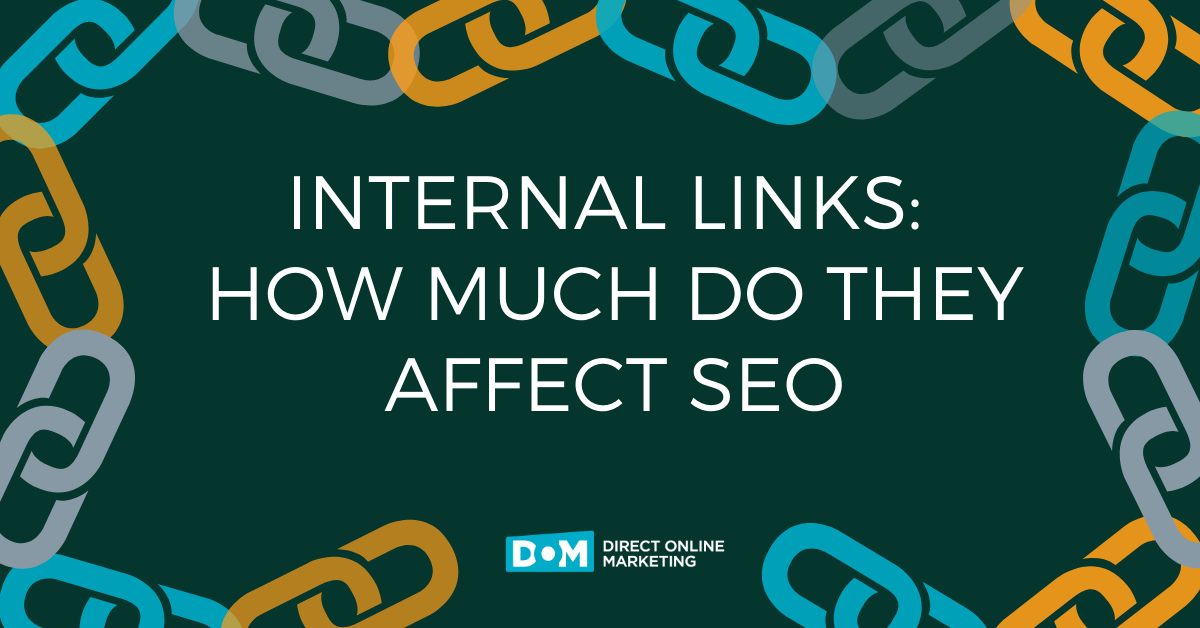I’m a frugal person. I used to say cheap, but I know a business owner who reuses his own dental floss – now that’s cheap and probably unsanitary. So when I see a company pay a $6 million settlement for not knowing – or caring – about the most basic of search engine optimization (SEO) functions, I choke on my Cap’n Crunch.
The target company who raised the ire of the plaintiff in this case?
From the San Francisco Chronicle, via Webmaster World via a tweet from pageoneresults:
The Target retail chain will make its Web site accessible to the blind and pay $6 million to visually impaired Californians who have tried unsuccessfully to use the site, under a settlement announced Wednesday.
The nationwide settlement, filed with a federal judge in San Francisco, is intended as a model for the retail industry, said a lawyer for the National Federation of the Blind, which sued Target in 2006.
The company must now equip its Web site, www.target.com, with an embedded code [ed note: ALT tags] that can be read by software to provide a vocal description of the page, and links that allow a blind person to navigate the screen with a keyboard instead of a mouse. The improvements are supposed to be completed early next year and will be monitored by the National Federation of the Blind for three years.
In its lawsuit, the federation accused the company of violating federal and state laws that entitle the disabled to equal access to business and government services.
In a key ruling, U.S. District Judge Marilyn Hall Patel…said the American With Disabilities Act requires removal of all barriers to “a disabled person’s ‘full enjoyment’ of goods or services,” quoting from the 1990 law.
That’s a little longer than I normally go with quotes, but there’s a lot of good information here. Let’s break it down to the most basic levels:
SEO Basics: The ALT Tag
When you go to seo school*, the first thing you learn after school orientation and the SEO General Theory 101 is probably the title tag. Or at least it would be if I ran the curriculum because I see this neglected so often. Around lunch time, you’d learn about the alt tag.
* No such thing, but imagine if there were – it would be filled with 18 year olds blowing off link building classes because they were too hungover from the kegger at Sigma Epsilon Omega on Thursday night.
An alt tag is an extra piece of html code you can use to give an image or other type of multimedia file a description. Sometimes it shows up in a pop up box when you hover your mouse over an image. Without delving deeper into seo basics (you haven’t paid your tuition yet), just accept that it is a good thing for making your Web site search engine friendly.
ADA-Friendly Web Development
The alt tag, short for alternative text, wasn’t really developed for SEO purposes (most of the things seo practitioners utilize aren’t). Their benefit was to developers so that they would know what the heck an image was supposed to be without having to pull it up visually.
Armed with this piece of information, the Americans with Disabilities Act was extended to include Web sites. People who are visually impaired have special computers that can read to them what the rest of us see. They can also describe images…if they have an alt tag. Therefore, all government sites require ADA guidelines such as the use of alt tags for all federal contracting work.
Whether and how this actually extended to non-government Web sites in the real world was pretty much up in the air…until yesterday.
Your Take-away of the Day*
Use alt tags. They help with your natural rankings, the blind / visually impaired access your site (and purchase if you’re a retailer), and your developers. They also keep you compliant with what is looking increasingly as if it will be mandatory ADA guidelines, meaning you can find a better way to spend your $6 million. If I could come up with a con, I would. Even with content management systems, the ability to add alt tags is pre-built in. No excuses!
* wanna go play by the bay, eat some hay, whaddya say, I just may. That’s a Happy Gilmore reference; I’m not trying to imply that blind people (or federal regulators) scream at golf balls. Although some of them probably do just like the rest of us. I hate golf.
Interested in diving a little bit deeper into issues related to digital marketing and legal regulations? Check out one of these helpful resources:


